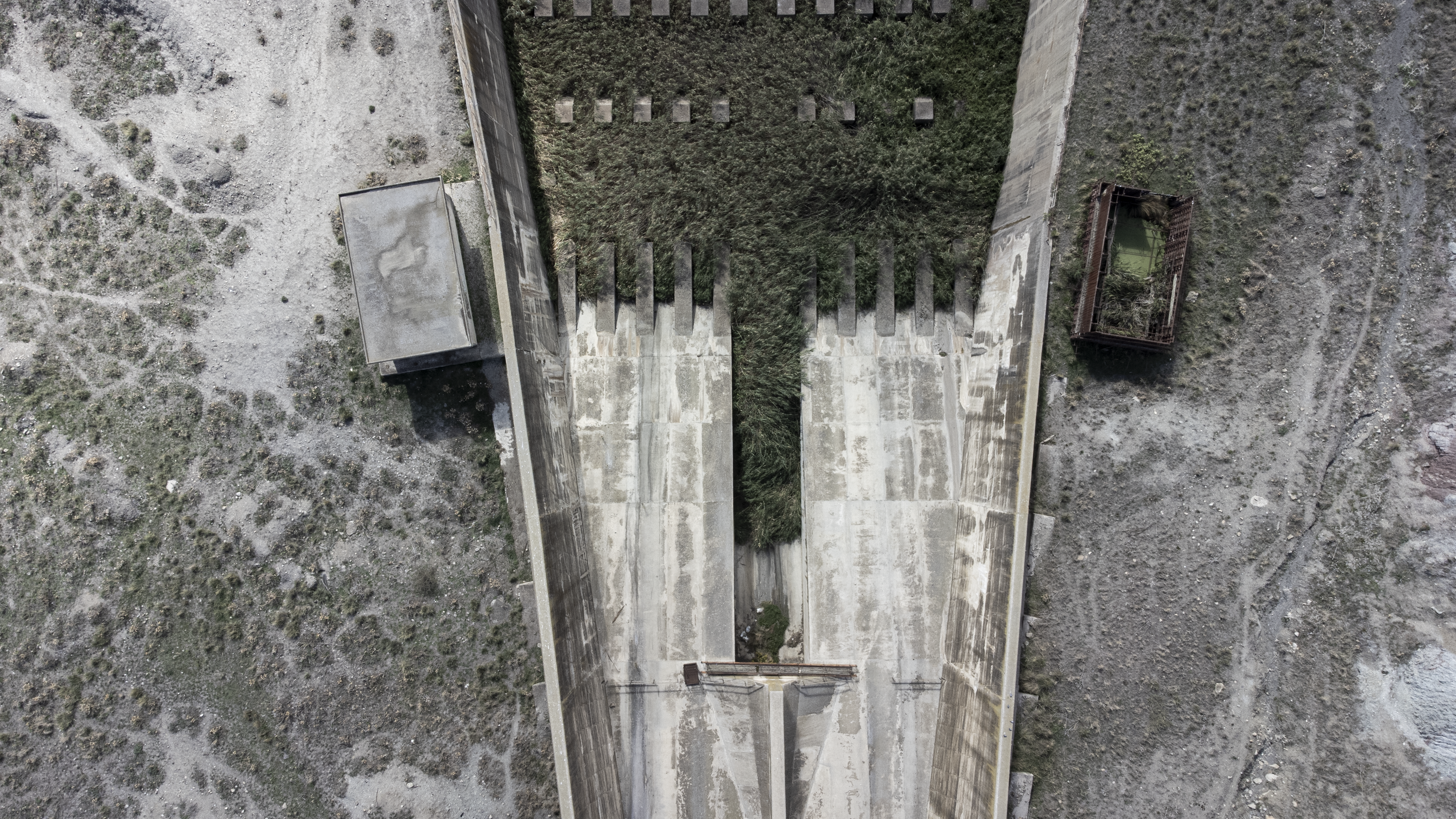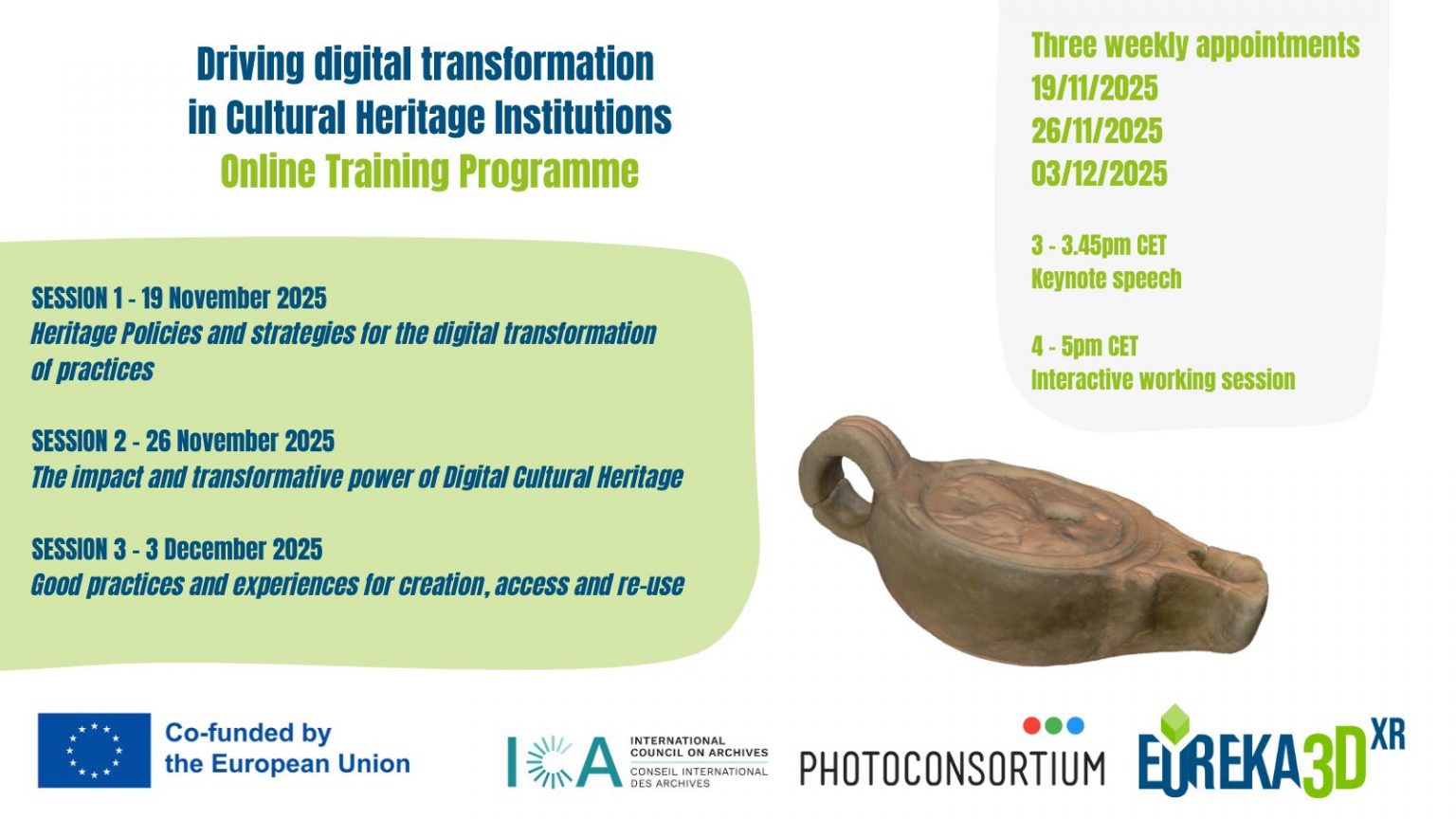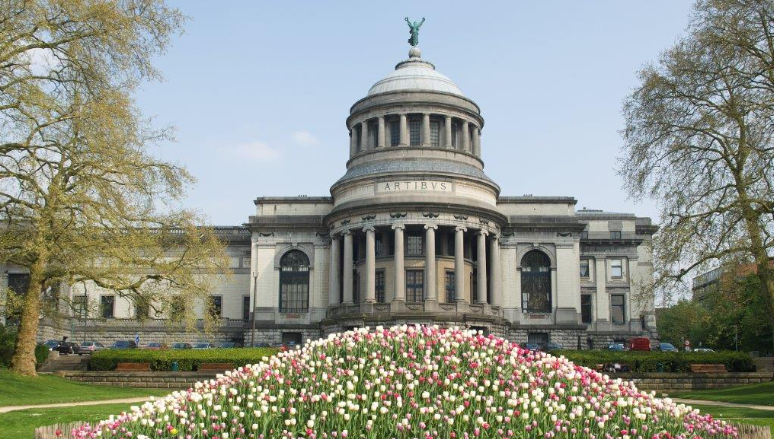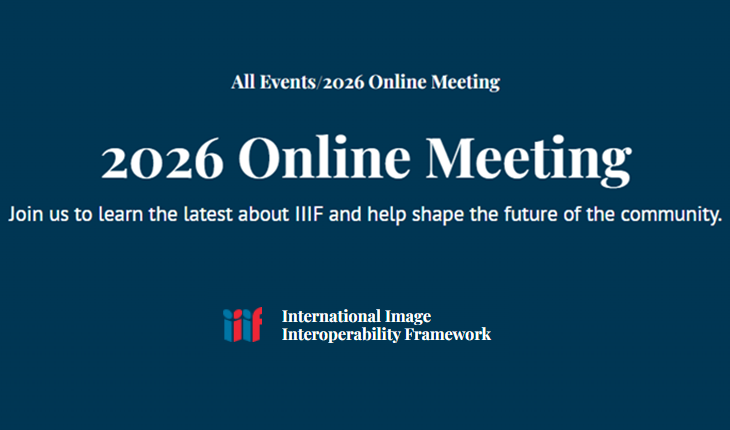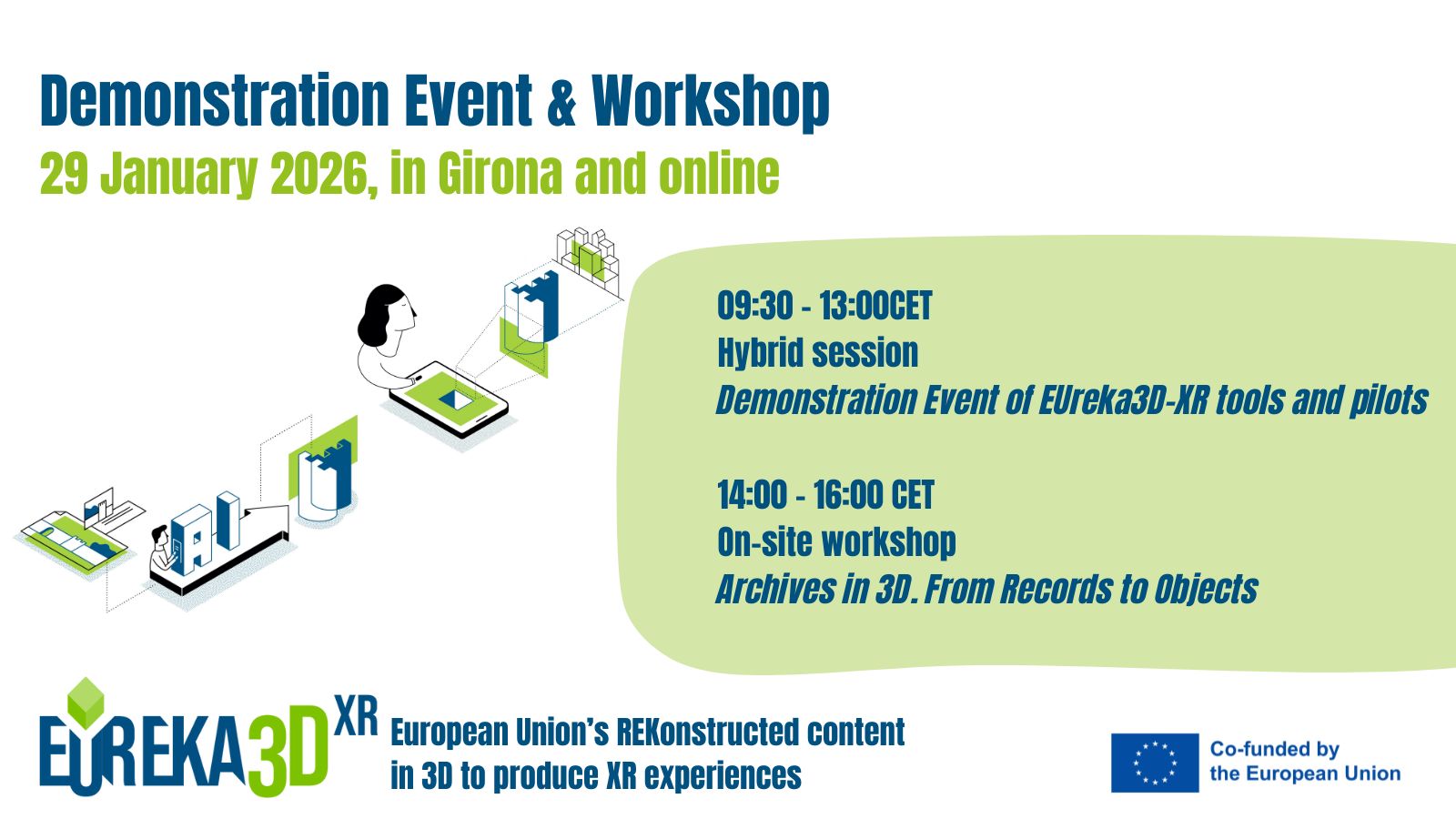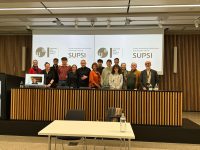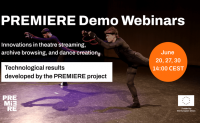-
Free text
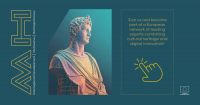
Time Machine Organization is delighted to invite organisations to join MetaHeritage, a pioneering European initiative committed to promoting sustainable heritage development through digital innovation and cross-regional collaboration. Participation in the MetaHeritage network is completely free of charge. By joining, organisations … Continue reading →
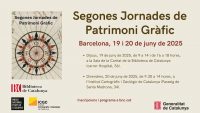 Sala de la Caritat, Biblioteca de Catalunya and online, 19 and 20th June 2025
Sala de la Caritat, Biblioteca de Catalunya and online, 19 and 20th June 2025On the occasion of the Segones Jornades de Patrimoni Gràfic 2025, EUreka3D project partner Pescia Paper Museum, which digitalized in 3D their historical paper moulds, gave a presentation to display the project and their achievements within its context and beyond. … Continue reading →
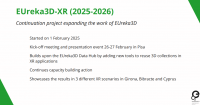 On the projects scope, results, and future plans
On the projects scope, results, and future plansDuring this year’s important event of Europeana Aggregators Forum (9-10 April 2025), Valentina Bachi from Photoconsortium delivered a presentation on both EUreka3D and EUreka3D-XR projects. The presentation went through EUreka3D project’s achievements with the developing of the EUreka3D Data … Continue reading →
Area: digital heritage
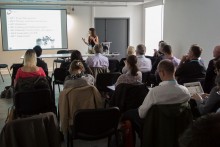
Sofie Taes of KU Leuven gave a presentation of EuropeanaPhotography during the panel session of EU projects at Digital Heritage 2013. The workshop took place on the 29th October and included representatives of several EU projects, who delivered interesting speeches. It was an occasion to discuss and present the project to colleagues, experts and professionals in the cultural heritage, to foster reciprocal awareness and cooperation. Continue reading
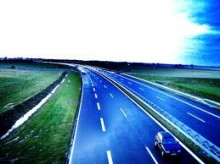
This is a standard-based web 2.0 demonstrative platform that enables search in parallel in different online repositories of linked data. The users can search across the tens of millions of resources contained in the CHAIN-REDS Knowledge Base as well as in the Europeana, Cultura Italia and Isidore repositories. The service is available both in a web-based version and with a mobile app. Continue reading

A joint CHAIN-REDS and eI4Africa Workshop was organised under the aegis of the European Commission and in co-location with big event UbuntuNet Connect 2013. The event took place on November 13 in Kigali, Rwanda Continue reading

The main themes about “Infrastructures in the Digital Age: the Data Challenge” and “e-Infrastructure commons” were discussed in two tracks, including speeches by very important and international experts. The workshop organized by e-IRG was held under the Lithuanian EU Presidency of the European Union. Continue reading
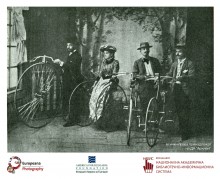
This year, the General Meeting of the NALIS Foundation is joined to the celebrations of the 125th anniversary of the Sofia University, and includes an important workshop: “Undisclosed Treasures from the Photo-archives”. Following the workshop there will be the official opening of an exhibition: “Treasures among the Donations to Library “Theology” of the Sofia University “St. Kliment Ohridski”. Continue reading
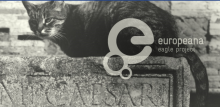
This event was aimed at anyone interested in epigraphy (digital or non-digital) as well as to the establishment and diffusion of general best current practices for digital editions. It covered many aspects of digital technology applied to inscriptions, from content to management and networking. It was composed of 3 workshops (Harmonization and interoperability of Inscriptions, Translations of Inscriptions, Intellectual Property Rights) and a photographic workshop on shooting high quality images for online publication and research. Continue reading
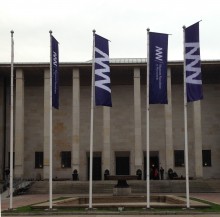
Organized by the Archeology of Photography Foundation, the National Museum in Warsaw and the national Institute of Museology and Collections protection, the seminar included a panel of international speakers. “Bringing together an array of internationally renowned speakers, the conference provided ample platform for debate and creative comparison”, said the organizers. Continue reading
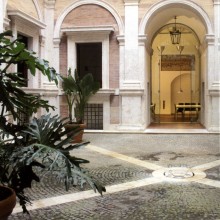
The event was divided in two sessions; the first one was dedicated to the policy, highlighting the decisions by Italian Government and Parliament related to the central role of culture for the economic recovery in Italy, and also in Europe. The second session was dedicated to the digital content Aggregators and to the research infrastructures in the sector of SSH (Social Science and Humanities) and cultural heritage, to share objectives and to develop a common, operative roadmap for digitization. Continue reading
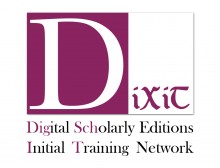
DiXiT offers a coordinated training and research programme for 12 early stage researchers and 5 experienced researchers in the multi-disciplinary skills, technologies, theories, and methods of digital scholarly editing. The consortium is composed by important universities as full partners, coordinated by University of Cologne, plus associated partners that provide valuable scientists in charge. Continue reading



